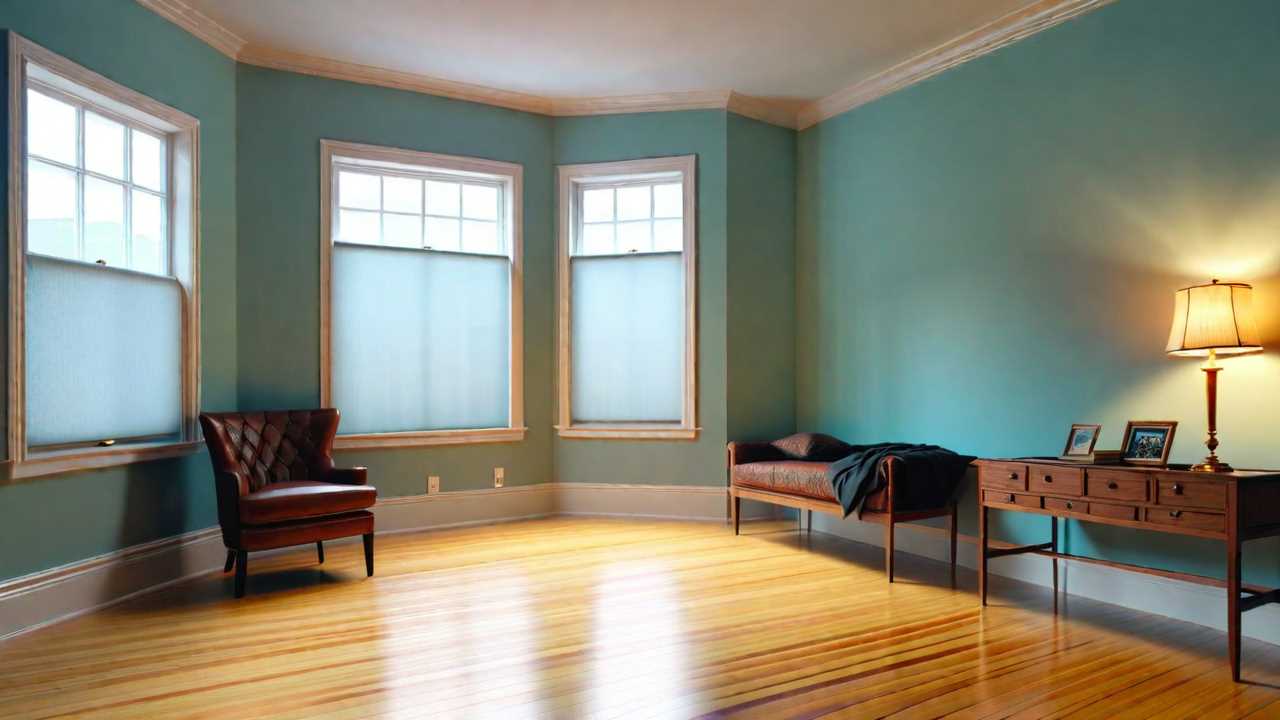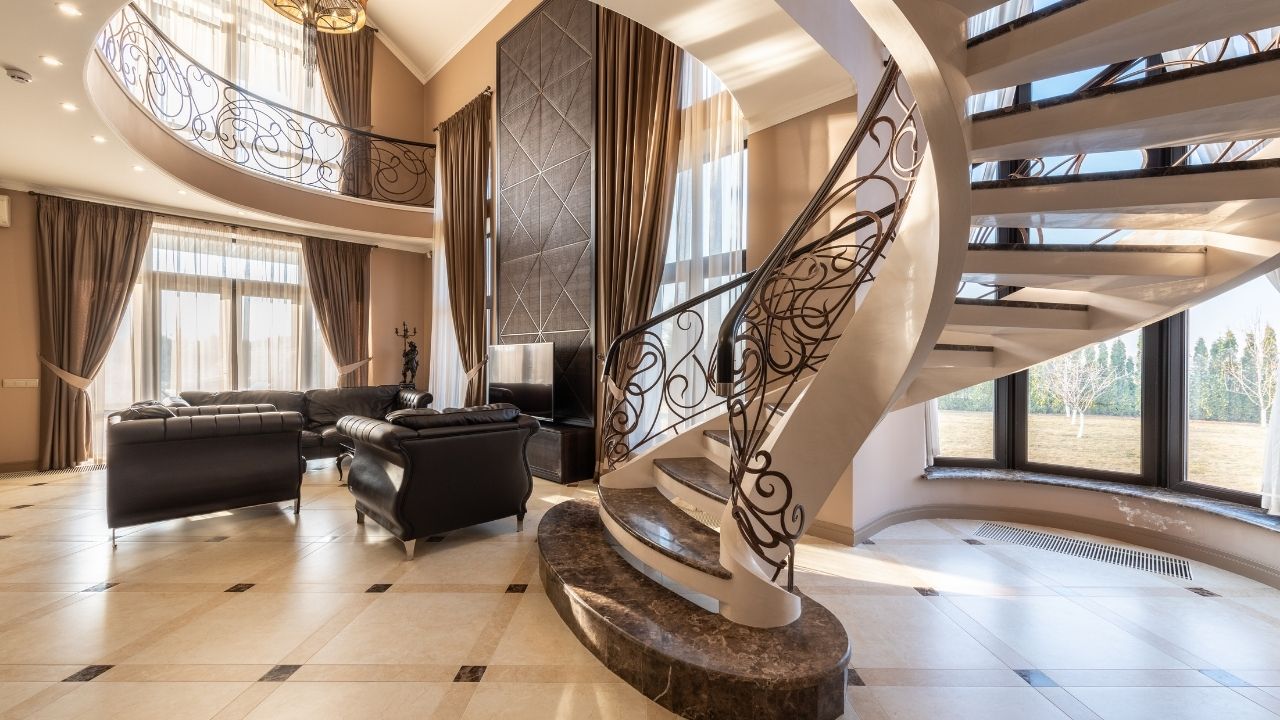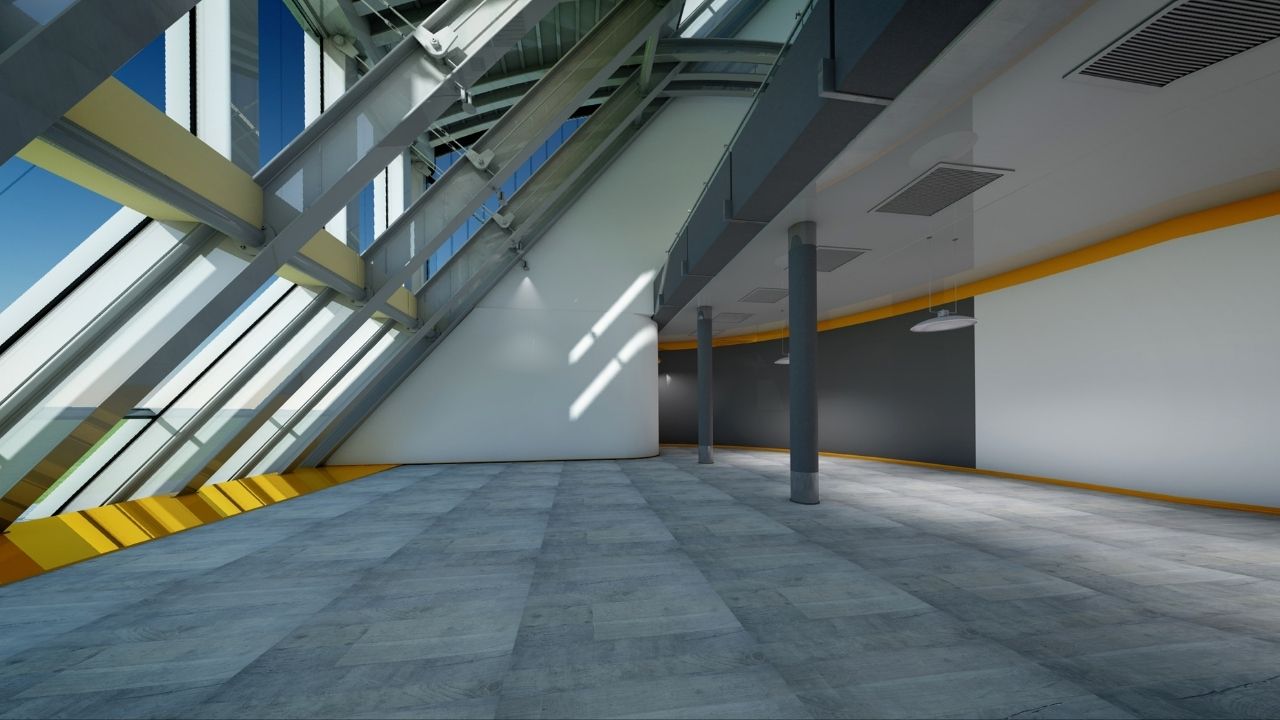
Optimizing natural light relies heavily on window size and placement, which hold immense power in transforming a space. The impact of these elements extends beyond mere aesthetics, influencing the very essence of a room’s atmosphere. From creating a sense of spaciousness to fostering a connection with the outdoors, the strategic interplay between window size and placement can truly redefine how you experience natural light within your living or working environment.
To maximize natural light in a room, the size of windows plays a crucial role in determining the overall brightness and ambiance. Larger windows allow more light to enter, creating a sense of openness and airiness within the space. When considering window size, it’s important to strike a balance between maximizing natural light and maintaining energy efficiency.
Aesthetically, larger windows can improve the beauty of a room by framing outdoor views and bringing the outside in. From a technical perspective, larger windows provide better opportunities for passive solar heating, reducing the need for artificial lighting and heating during the day.
When choosing window sizes, consider the orientation of your space to optimize the amount of sunlight that enters at different times of the day. Additionally, the architectural style of your home and the overall design aesthetic should also influence your decision on window size. Remember, the size of windows can greatly impact the ambiance and functionality of a room, so choose wisely to create a space that’s both inviting and efficient.
Strategic Placement Considerations
Careful consideration of window placement is crucial in harnessing natural light efficiently and effectively within a space. Strategic placement can significantly impact the ambiance and functionality of a room. To optimize natural light intake, focus on the following key considerations:
- Orientation: Position windows to maximize exposure to sunlight based on the room’s orientation and the path of the sun throughout the day.
- Obstructions: Avoid placing windows where they may be obstructed by trees, buildings, or other structures that could limit light penetration.
- Interior Layout: Coordinate window placement with the interior layout to guarantee even distribution of light and avoid creating areas that are too bright or too dark.
- Privacy: Balance the desire for natural light with the need for privacy by strategically locating windows to minimize visibility from outside while still allowing ample light to enter.
Maximizing Natural Light Flow
Positioning windows strategically in a room not only impacts the ambiance but also plays an essential role in maximizing the flow of natural light. To maximize natural light flow, consider the orientation of your windows.

South-facing windows receive the most sunlight throughout the day, while north-facing windows provide a consistent, softer light. East-facing windows welcome the morning sun, ideal for a bright start to your day, whereas west-facing windows capture the warm evening light.
By understanding the directionality of light, you can optimize window placement to achieve the desired lighting effects in your space. Additionally, using lighter window treatments and keeping windows clean can optimize the penetration of natural light.
Utilizing reflective surfaces strategically can also help redirect and amplify sunlight within a room. By consciously arranging windows and incorporating these techniques, you can create a space that not only feels bright and airy but also fosters a deeper connection with the outdoors.
Enhancing Room Ambiance
Enhancing room ambiance can be achieved by strategically incorporating lighting fixtures and selecting appropriate color schemes. When it comes to crafting a space that evokes the desired mood and atmosphere, here are four key elements worth exploring:
- Lighting Fixtures: Experiment with different types of lighting fixtures such as pendant lights, floor lamps, and wall sconces to create layers of light that can be adjusted based on the time of day or the desired ambiance.
- Color Psychology: Utilize color psychology to choose hues that align with the ambiance you want to create. Cool tones like blues and greens can promote a sense of calm, while warm tones like yellows and oranges can add coziness.
- Texture Play: Incorporate a variety of textures through furniture, textiles, and decor to add depth and visual interest to the room, enhancing the overall ambiance.
- Accent Lighting: Consider integrating accent lighting such as spotlights or LED strips to highlight architectural features or artwork, adding a touch of drama and sophistication to the space.
Impact on Well-being and Productivity
To optimize both well-being and productivity in a space, the strategic utilization of natural light through window size and placement is paramount. Natural light has a profound impact on your overall well-being and productivity levels. Exposure to natural light can help improve your circadian rhythm, leading to better sleep patterns and increased energy levels during the day. When designing a space, consider placing windows in a way that maximizes the amount of natural light that enters the room throughout the day.
Research shows that access to natural light can enrich mood and reduce stress levels. By incorporating larger windows and strategic placement, you can create a more uplifting and inspiring environment that fosters creativity and focus. Additionally, natural light can help alleviate eye strain and headaches, further contributing to your overall well-being and productivity. When natural light floods a space, it can create a sense of openness and connection to the outdoors, promoting a sense of freedom and tranquility that can positively impact your work and overall quality of life.
Frequently Asked Questions
How Does Window Size Affect Energy Efficiency in a Room?
Window size directly impacts energy efficiency by influencing the amount of natural light and heat entering a room. Larger windows allow more light, potentially reducing the need for artificial lighting and heating, consequently saving energy.

What Are the Best Window Placement Options for Small Spaces?
For small spaces, consider window placement on the south side for consistent lighting. Opt for larger windows to maximize natural light. Utilize reflective surfaces like mirrors to boost brightness. Experiment with different placements to find what works best.
Can Window Treatments Enhance Natural Light Without Sacrificing Privacy?
You may find it intriguing that window treatments can indeed maximize natural light while maintaining your privacy. By selecting sheer fabrics or adjusting blinds strategically, you can bask in the sunlight without compromising discretion.
Does the Angle of Sunlight Change Based on Window Size?
In optimizing natural light, consider how sunlight angles change with window size. Larger windows allow for more light penetration at varying angles. Placement can influence the intensity and direction of sunlight entering a space.
Are There Specific Window Placements That Can Improve Mood and Focus?
To embrace mood and focus, consider window placements that enrich sunlight into your space. Positioning windows strategically can elevate your spirits and sharpen your concentration. Welcome the light for a brighter outlook.